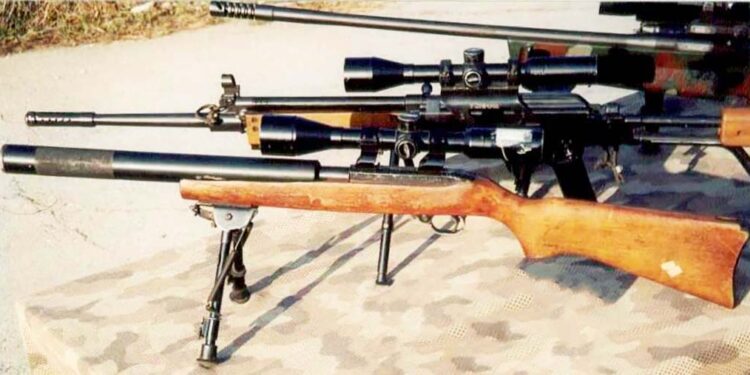By Terry Edwards –

Parlor shooting was the after-dinner rage in the later 1800s because of one inventor. In 1845, Louis-Nicolas Flobert introduced his indoor target guns. The ammunition he invented for them was the self-contained metallic cartridge; the single greatest advance in guns since the invention of gunpowder.
While Flobert’s cartridge was handled with caution, its offspring, the full-power .22 Long Rifle (LR), is lethal. Even so, the .22LR is also undeniably nowhere near as damaging as just about any other modern round. This led to it being deemed “less than lethal” for a short time by the Israeli Defense Forces; an unfortunate description that brought on a hail of derision despite its relative truth. It was a unique case of the .22 being officially issued for battle by a professional army.
Flobert’s self-contained, metallic cartridge was brilliant. The case swelled in the chamber when the gun fired, sealing the conflagration in the barrel and finally making the breech-loader clean and safe to fire. By design, the round could only be loaded correctly. Not only was the cartridge foolproof from rain, the easily handled ammo let a novice load and fire a Flobert 10 times faster than a muzzleloader.
Flobert’s Bulleted Breech Cap, led to it being called the “BB Cap.” A stubby, straight-sided brass tube had one end capped with a lead ball. At the opposite end, a protruding rim resembled the rim of a gentleman’s hat.
The rim is hollow. The priming compound, at the time mercury fulminate, was dropped into the case, and the case was spun; centrifugal force flinging the compound into the rim. A blow anywhere on the rim crushed the soft metal and ignited the pressure-sensitive compound within.
The BB Cap was capable of felling a medium-size insect. The Flobert and its imitators are still often called “garden” guns, “parlor” guns and “gallery” guns.
The American Civil War first popularized the .22—the .22 short Smith and Wesson® No. 1 revolver. It never tipped the scales of a battle, but its presence in pocket or pack comforted many soldiers.
Serious calibers followed up to .58. The rimfire .44 “flat” made the Henry lever-action possible, but the necessarily weak rim restricted the rimfire design to low-pressure loads. Putting the primer in the center of the base allowed for greater pressures, and large rimfire cartridges faded from use.
Not so with the .22 rimfire. Progressively longer cases, powder charges and bigger bullets marked the evolution of the .22 short, long and extra-long. The CB round was introduced in 1888 to supplant the BB Cap. CB stands for “Conical Bullet.” It never replaced the BB Cap and interchangeable BB Caps, but CB Caps are still made today.
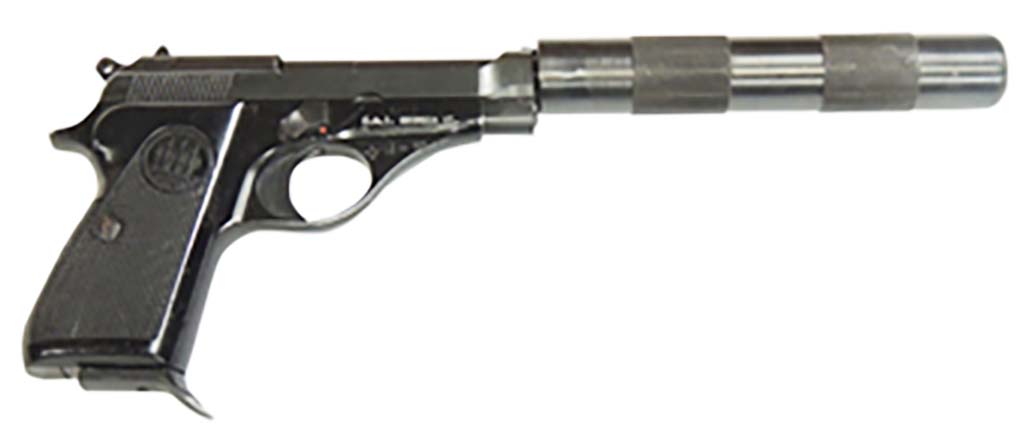
Variants
In 1887, the J. Stevens Arms & Tool Co. introduced the Long Rifle cartridge, essentially an uploaded long. The LR .22 rimfire, in the form of the long rifle, remains the most popular cartridge in the world.
After the Civil War, a gentleman could find himself prey to ruffians or the unwanted attentions of stray dogs. If he left his trusty No. 1 at home, and the miscreants could not be deterred by a sharp blow, his “cane” gun, usually discharging a .22 rimfire, might be deployed. This was one of several guns designed for self-defense. Others were called “automobile” and “bicycle” guns and could be found fixed to bicycle frames or tucked in amongst the auto’s tire changing equipment. Millions have places in today’s survival kits and survivalist arsenals.
The wonderfully, politically incorrect “boy’s rifle” was not a result of the .22 rimfire. Since the invention of firearms, those who could afford it equipped their offspring with downsized versions of Dad’s guns. The industrial revolution put child-sized .22 rifles within the commoners’ reach, and the “boy’s rifle” became the ultimate Christmas or birthday prize. Most manufacturers produced rifles scaled for younger shooters, and many a .22 was reborn under Dad’s wood saw and hacksaw. The breed survives in the gender-inclusive “youth” rifles still made by unintimidated manufacturers.

Those unfortunates who could not beg themselves into a rifle could earn one by selling “salve” or some other unlikely product to neighbors and family. The prize rifles offered were not the pinnacle of the gun-maker’s art, but most were serviceable, hard-earned and well-loved. Their manufacture usually featured a mandrel-formed barrel. A flat piece of steel, the length of the barrel, was first hammered into a long U-shape then hammer-forged and welded around the mandrel. The machined steel mandrel imparted rifling to the inside of the resulting tube. The addition of a primitive action and wood completed the ensemble.
A more gregarious and harder-working cousin of the parlor gun was the gallery gun, so-named for its use in the shooting galleries that were a fixture of travelling fairs from the late 1800s. For many, the pump-action Remington Model 12B and the Winchester Model 62, typical of the type, were their first taste of gunpowder; though the .22 rimfire still dominates target shooting competition.
However, military glories are sparse. For training, practice and fun, .22s see a lot of use but little combat. Russian police and Special Forces use a suppressed counter-sniper version of the nation’s .22LR biathlon rifle. Inconvenient lights and barking dogs still fall, officially, to handguns like the blow-back High Standard HDMS and the Colt Woodsman. The small size of the .22 cartridge allows it to be fired from devices disguised as pens and even key fobs.
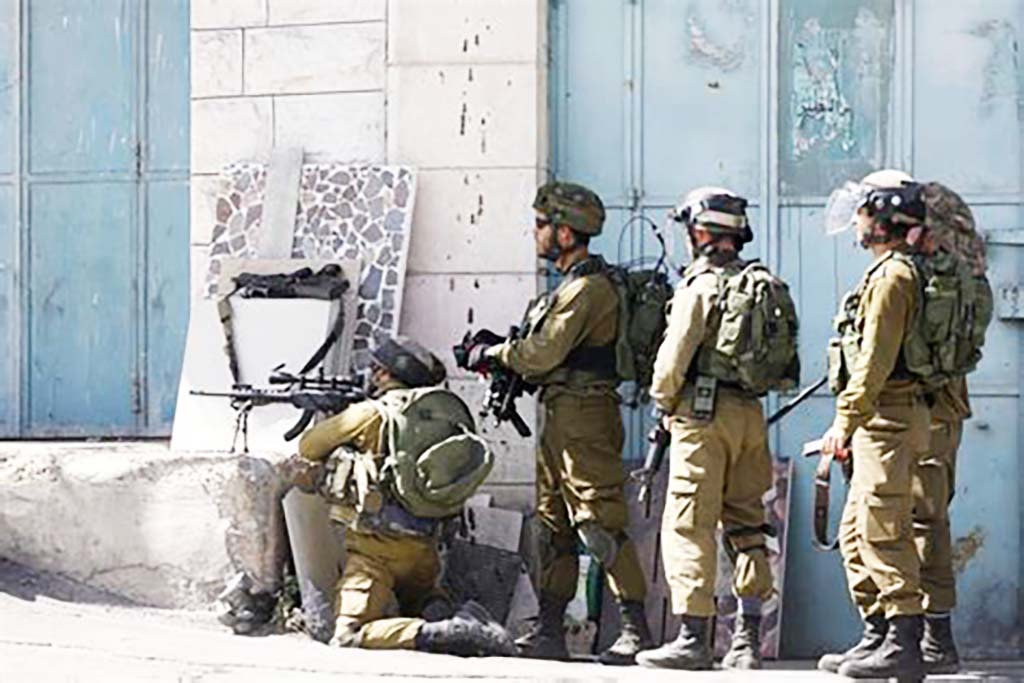
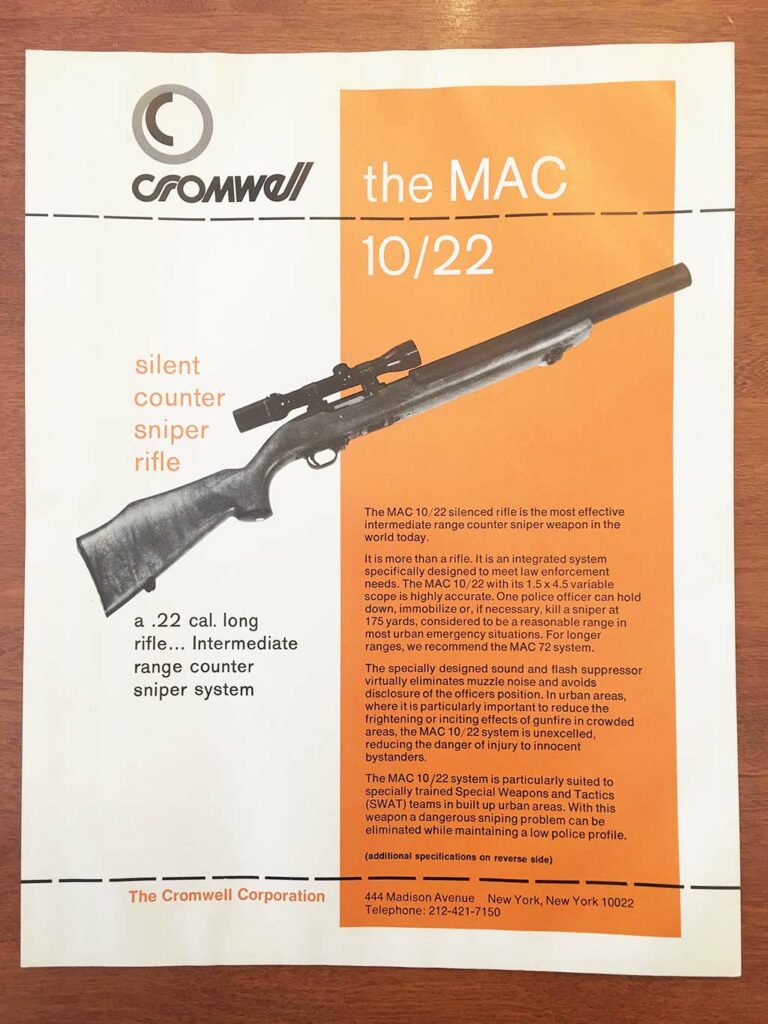
Lethality
The lethality of the .22 rimfire is beyond question. Those who do the math agree the 1891 Russian 7.62x54mm, used through two World Wars, the 1917 Revolution and Cold War unpleasantness, holds the military body count record. The .22 rimfire is world leader in domestic violence, accidents, crime and suicide, killing more Americans than any other cartridge.
It has long been an assassin’s favorite. Robert Kennedy was running for the U.S. presidency in 1968. Sirhan Sirhan used an eight-shot .22LR Iver Johnson Cadet 55-A revolver to shoot Kennedy while he transited a hotel kitchen. Kennedy died on the hard floor. Sirhan Sirhan remains in prison.
A Röhm RG-14 in .22LR was John Hinckley Jr’s. weapon to wound then President Regan and three others.
An American Special Forces veteran, David Beckerman, introduced the Israeli sky marshals, Mossad, Shin Bet and the Sayeret Matkal Special Forces to the potential of the .22LR Beretta 71. Such a Mossad .22 allegedly brought the abrupt termination of Gerald Bull in March 1990.
Bull was engineering a long-range gun to enable Iraq to bombard Israel and/or Iran. Bull’s Belgian apartment had been trashed in warning, but Bull continued work on his “super-gun.” On his last day, Bull answered the door. His assassin likely aimed his modified .22 Beretta low and let the gun climb on full-auto to empty the eight-shot magazine in a single burst. It was the end of the super-gun project. Century Arms recently offered a semi-auto “Mossad replica” Beretta 71 with integral faux suppressor.
The Intifada protests first began at the Gaza strip in December 1987. For weeks thereafter, thousands of Palestinian protestors targeted the security fence erected by Israel on the northern border of the Gaza strip. The protests became a rite of passage to many, a disability pension for some and the path to martyrdom for others.
Israeli snipers shot selected protesters, usually in the knee, with silenced .22 rimfire rifles. Targeting the enemy’s knee predates the Bible. It was often the most vulnerable part of an armored warrior’s anatomy. For the modern Israel, the lack of political “martyrs” was doubtless the main motive. The toll exacted in treating and often supporting the crippled veterans was not unwelcome. According to UN observers, 7,996 protesters were shot during the Intifada and 215 killed by gunfire. By 1993, Israel had counted 60 soldiers and police dead along the battle lines.
Each shot had to be authorized, usually up several layers of command. The sniper or his spotter first radioed in proposing a target. Targets had to be employing some type of weapon or actively directing others. They also had to be adults, or close to the age, and training included age estimation from build, clothing, etc. Other observers would frequently follow the proposed target to confirm or question the sniper/spotter’s judgment. To shorten the authorization time, a sniper might find himself surrounded by his entire chain of command.
There were still dead bodies. Israel feared that the “less-than-lethal” description encouraged less careful use and aim. Others saw a sinister attempt to white-wash an assassin’s weapon as being “kinder and gentler.”
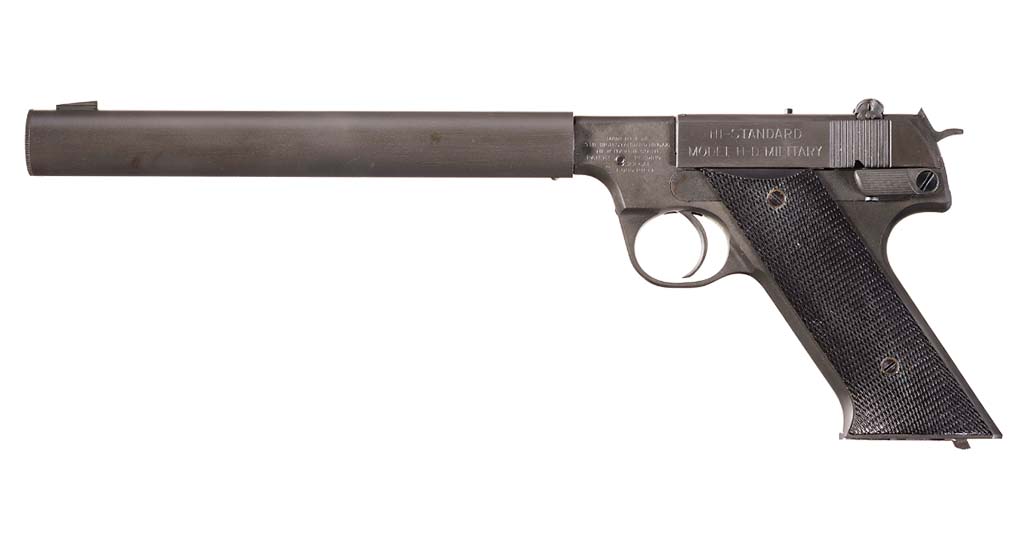
A hit above the knee could cut an artery and bring rapid blood loss and death, so at one time the ordered point of aim was changed briefly from the knee to the ankle, a tougher target. There were still accidents and mistakes, but intentionally lethal shots were uncommon and, with the layers of oversight, difficult to conceal. One sniper served jail time for an ill-considered shot.
After an inquiry, the less-than-lethal terminology was dropped, and the .22 rimfire rifles were re-categorized as regular firearms subject to applicable rules of engagement.
The gun chosen by the Israelis was the Ruger 10/22®. Founded in 1949 by Alexander McCormick Sturm and William B. Ruger, Ruger is the largest American arms maker. Much of Ruger’s success is thanks to its first product, the Ruger MK2 .22 semi-auto pistol and the later 10/22 rifle.
In 1961, Ruger introduced the “Deerstalker” carbine. It was a five-shot, .44 Magnum, semi-automatic with the lines and look of an M1 carbine. It remained in production until 1985.
In 1964, a .22 rimfire carbine stole the looks and thunder of the .44. The 10/22, standing for 10 shots of .22 rimfire, has remained in production ever since. Upwards of six million have been built on Ruger’s investment cast aluminum receiver and a stainless steel version. Most are the classic carbine configuration with its signature barrel band, but there have been Mannlicher-style stocks, sporter and synthetic stocks, target, compact, a takedown model and a pistol. There are standard, bull and lightweight barrels of various lengths; some with muzzles threaded for flash hiders and other accessories. The standard .22LR version had to share space with .22 Winchester Magnum Rimfire and .17-caliber siblings. The 10-shot rotary magazine is fail-safe and indestructible, and if 10-shots aren’t enough, many high-capacity replacements are available.
Few guns have been as fiercely wooed with accessories. The 10/22’s simple, rugged design is inviting and forgiving to those who just have to mess with it. After-market components and stocks are offered in a bewildering array, and barrels, optics, bipods and trigger packages are limited only by the shooter’s budget. Ruger now sells both .22 handguns and rifles with integral suppressors. The SR-1 strays from the traditional can or tube look, and the barrel resembles a long pistol slide. Inside the device, a series of machined baffles are linked together in a tube under the barrel itself. These baffles slide out the front for cleaning.
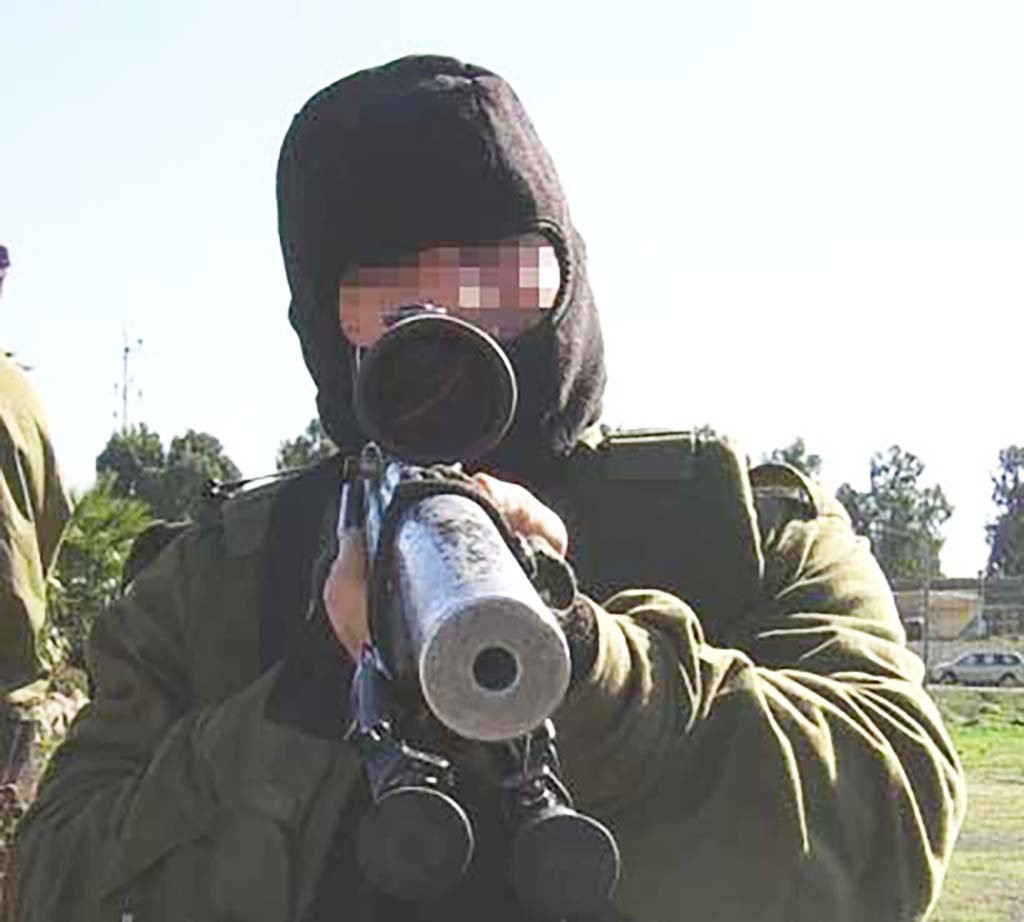
Snipers on the Gaza strip worked in pairs. One man did the shooting while his partner, usually another sniper, spotted targets and coached the shooter on range and wind.
The .22 was intended to fill the “middle ground,” the area too far away to use a rubber baton round, and where use of a 7.62×51 M24 or Barak HTR-2000 sniper rifle could easily result in a kill from loss of blood.
The first Israeli “combat” .22s were Ruger 10/22s, customized by Sabatti, a well-known Italian arms maker. The gun’s bull barrel was surrounded by a full-length silencer. These rifles retained the original, albeit cut-away, stocks, and most were topped with four-power scopes on Weaver mounts and equipped with Harris-style bipods. Over time, extended magazines, modular stock systems and new optics have been added.
There are two major .22 models used by the Israeli Defense Forces; although individual weapons may vary in accessories. Both versions are built on the Sturm Ruger 10/22 semi-automatic .22 action. In Israeli service they are known simply as “Rugers.”
The newer SR-22 is preferred by many, as its tactical look does not visually set the sniper apart from other soldiers. Not all are silenced.
Many conversion kits have been developed to enable larger caliber guns to fire the .22 rimfire. Much of this remains the result of government parsimony and the need to practice with less noise and uproar. Kits were developed to fire .22-rimfires from .30 Browning machine guns and numerous others including the AR-15 family. Today, .22 rimfire versions of many full-powered guns from handguns and submachine guns to assault rifles are on the market.
In Other Realms
The criminal world is equally aware of the .22’s stealthy advantages. While GLOCKS and black-rifle exotics dominate TV and movie screens, the deadly reality is often the .22. The low recoil and blast won’t overwhelm the trembling novice as a larger caliber might, and even without a suppressor, a .22’s report can be mistaken for a backfire or firecracker. In time of need, an acceptable silencer can even be improvised with a plastic pop bottle.
The low pressure of the .22 rimfire can be contained by many improvised devices: drilled-out toys and starter pistols, flare guns and pipes from the hardware store. Single-shot, hand-made “zip guns” are still popular in some circles. The great advantage for society is the probability of these doing greater injury to the user than the intended victim.
Thanks to isayeret, Daniel Cohen, Richard Cornblum, Jim Samalea, Carol Mintoff, G. N. Dentay, Jay Dressler, Lisa Weder, Rachel A. Hoefing, Adam Bucci, Movie Armaments Group, the late Hubert Page and late Blake Stevens.
The author has covered wars in the Middle East and Central America and written for Soldier of Fortune, Small Arms Review, Small Arms Defense Journaland others. His earlier books are available on Kindle.
| This article first appeared in Small Arms Review V25N3 (March 2021) |



